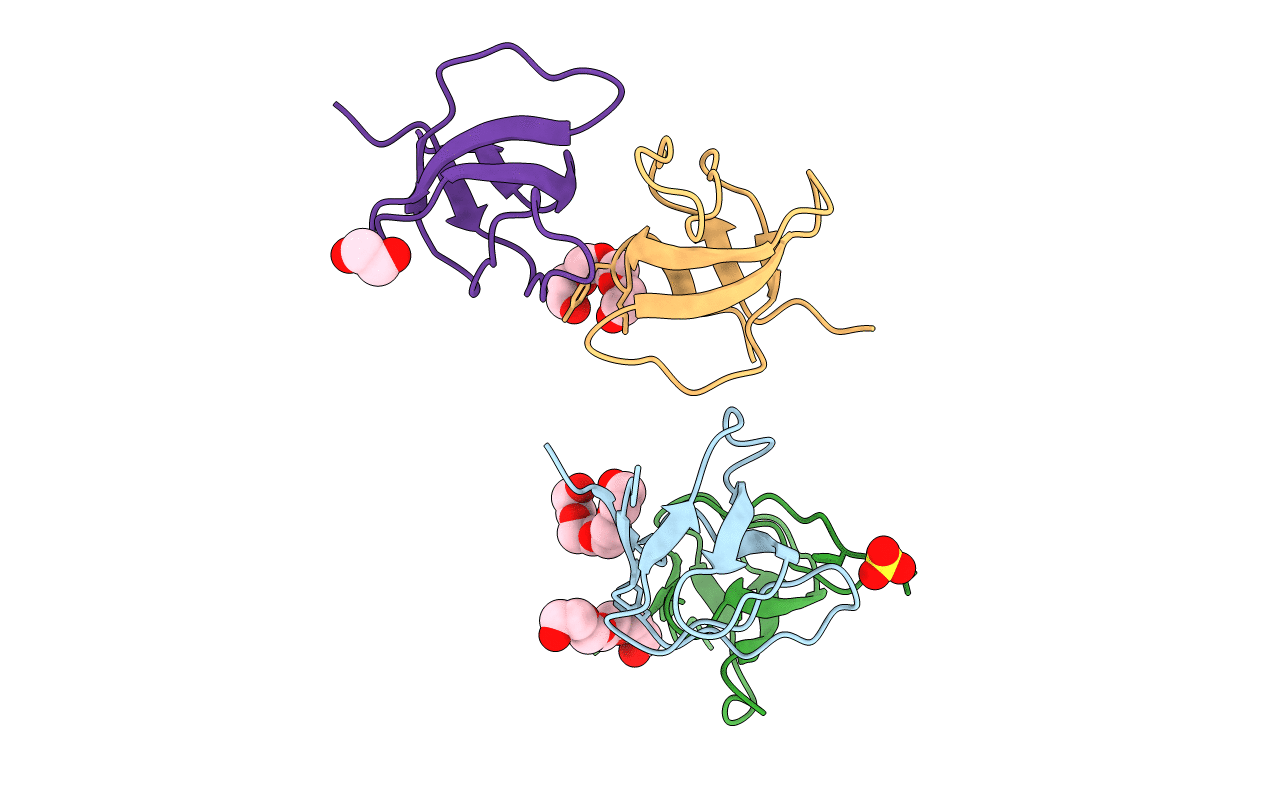
Deposition Date
2021-03-23
Release Date
2021-12-22
Last Version Date
2024-01-31
Entry Detail
PDB ID:
7NYO
Keywords:
Title:
Mutant A541L of SH3 domain of JNK-interacting Protein 1 (JIP1)
Biological Source:
Source Organism:
Homo sapiens (Taxon ID: 9606)
Host Organism:
Method Details:
Experimental Method:
Resolution:
1.40 Å
R-Value Free:
0.27
R-Value Work:
0.19
Space Group:
C 1 2 1


